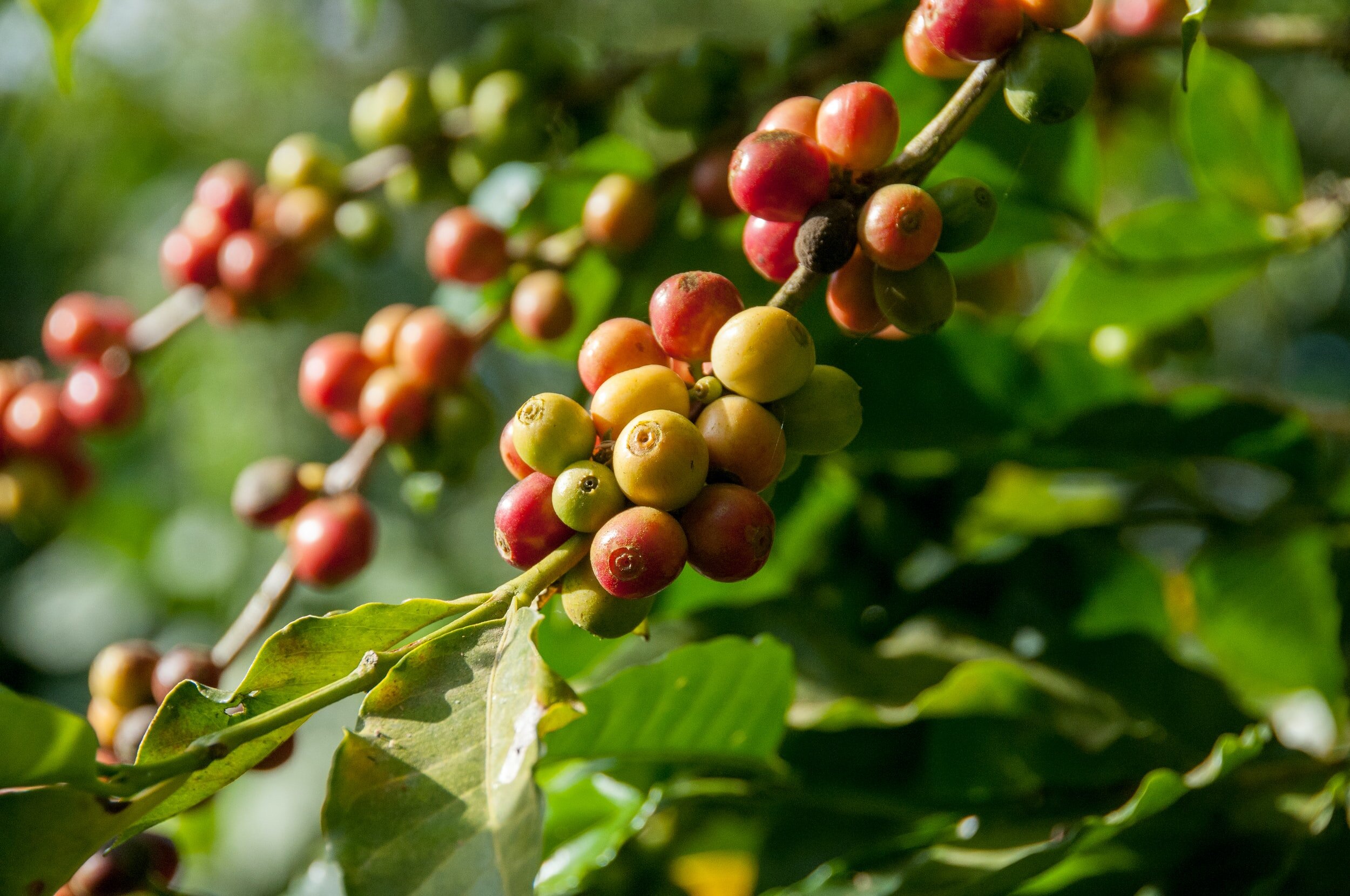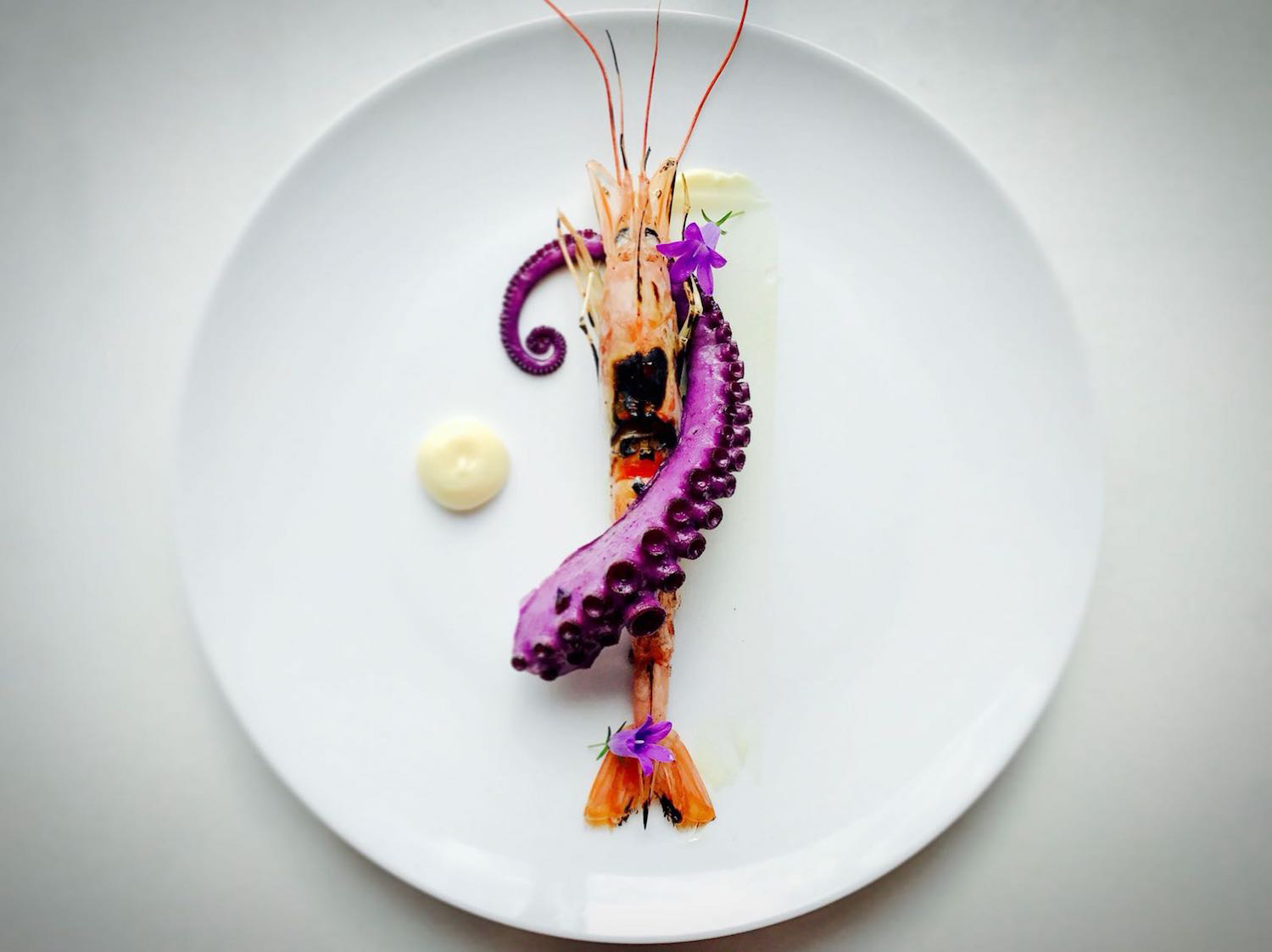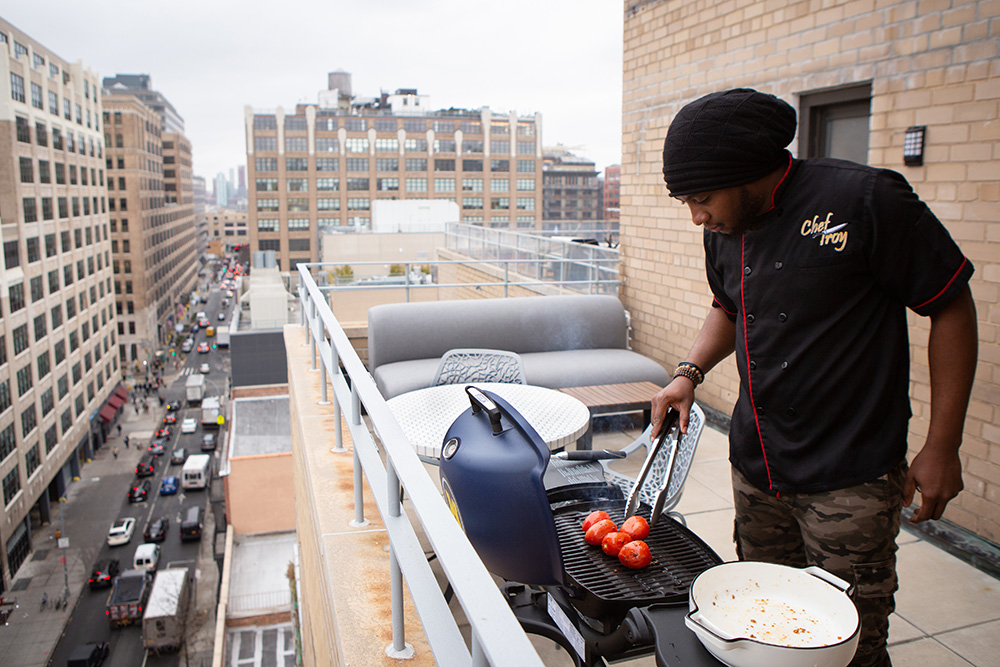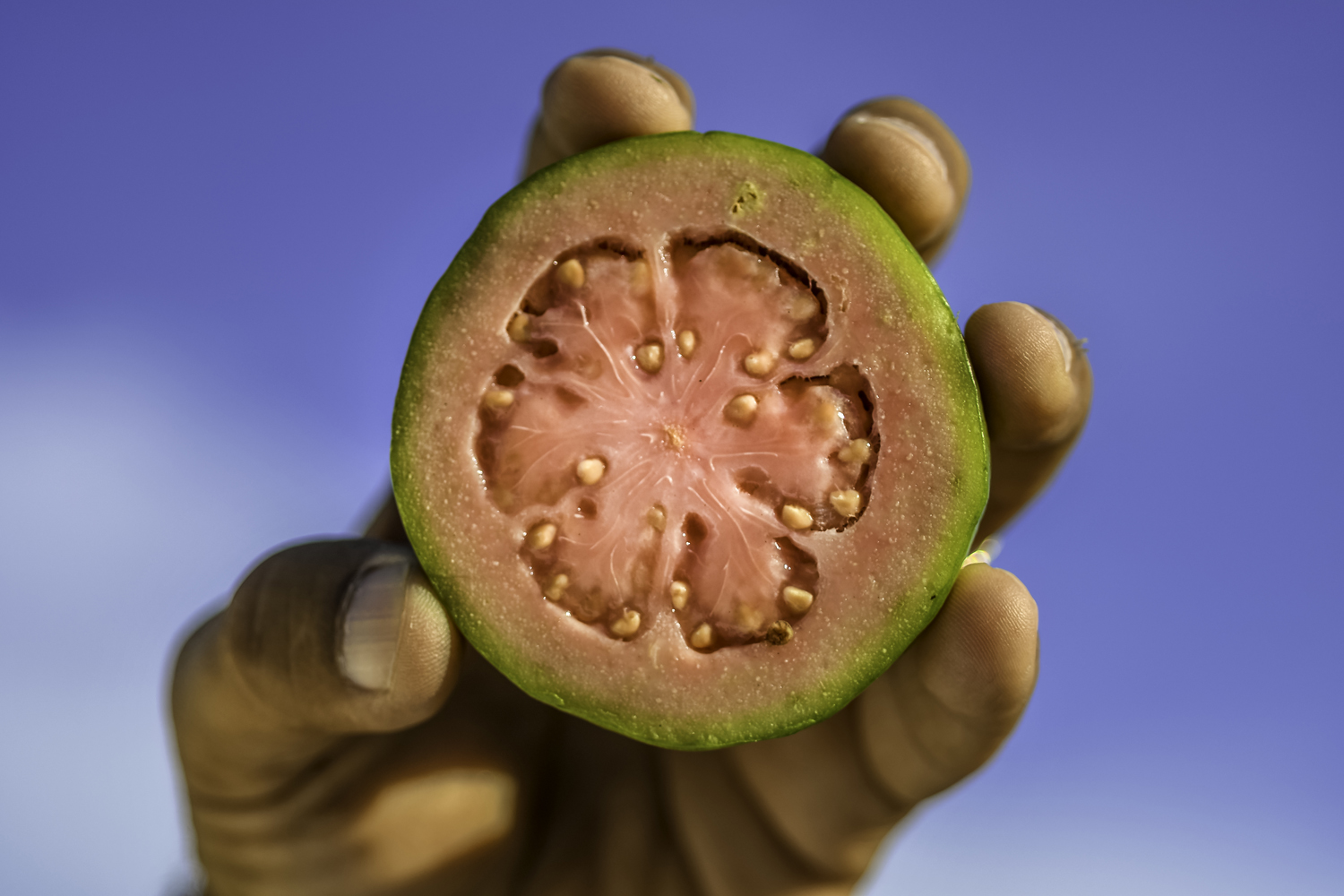Caribbean Coffee Farmers Gain Access to Billion-Dollar Industry

Caribbean Coffee Farmers Gain Access
to Billion-Dollar Industry
Fair-trade partnerships are bringing economic opportunity to farmers in Haiti, but obstacles remain daunting for the region once hailed as the largest producer of coffee in the world.
Semilfort St. Hubert boards a handmade boat twice a month during coffee season, sailing along the northern coast of Haiti to Tortuga, the country’s onetime bastion of swashbuckling pirates. From there, the 59-year-old treks through the mountains to reach a 7.5-acre patch of coffee trees sprouting red cherries.
Mr. St. Hubert is among a cadre of growers around the Caribbean working to reclaim the region’s status as a heavyweight among the world’s coffee producers. Their goal may be within reach. Newly formed partnerships between international buyers and local farmers are proving critical in salvaging a culture of growing coffee within the region that dates back more than 200 years.
Semilfort St. Hubert is president of Café Cocano. Photograph by Café Cocano
“Things are much better than what they were before,” said Mr. St. Hubert, who in 2004 was named president of the Café Cocano cooperative that operates the Tortuga property. The 300-member cooperative is bolstered by a global partnership program that is run by the Archdiocese of Miami and the Diocese of Port-de-Paix and aimed at creating long-term sustainability in Haiti. Together the groups form an essential pillar for fair trade between international buyers who want access and local farmers who deserve fair payment for their harvest.
Café Cocano has partnered with Singing Rooster, a nonprofit in Wisconsin, to consult on ways to improve farming methods, and with Panther Coffee, a Florida company, to advise on coffee quality, and to set up a network for processing and exporting. The partnerships also assist with techniques that preserve the sweet roasted Arabica bean flavors that are unique to the Caribbean.
The arrangements do require more time from everyone involved, but the payoffs are worth it. Panther Coffee pays $7 a pound to receive beans from Café Cocano. Of that amount, the cooperative receives $4.75 a pound — far more than what a farmer would receive working independently.
Willio Dorisme, is a zone representative for Cafe Cocano, a 300-member cooperative in Haiti. The cooperative is an essential pillar for fair trade between international buyers and farmers who are preserving an agricultural tradition in the Caribbean that dates back more than 200 years. Photograph courtesy of Café Cocano.
“We don’t have enough supply” to meet demand, said Joel Pollock, the founder of Panther Coffee, located in Miami, where residents have an affinity for Caribbean blends that you can’t really buy at the local Starbucks.
The monetary benefits of these new partnerships arrived several years too late for Mr. St. Hubert and his family of farmers. Mr. St. Hubert was receiving 46 cents a pound when they sold coffee independently to speculators. They eventually replaced coffee trees with crops that would feed their families.
.
Haiti was the most important coffee-producing country in the world just over 200 years ago. The Caribbean once supplied the world with hundreds of millions of pounds of coffee, largely fueled by the labor of enslaved people. The tradition of coffee endured and gave legs to beloved brands like Jamaican Blue Mountain and the high-octane style of Cuban coffee.
This mountainous region near Gaspard, a village in northwest Haiti, is one of the areas where Café Cocano sources coffee from local farmers who cultivate the crop on their own land. Photograph courtesy of Café Cocano.
The coffee industry’s economic impact is more than $225 billion in the U.S., according to the National Coffee Association. Accessing this market has proven difficult for small-batch farmers.
Denis Seudieu, chief economist of the International Coffee Organization, described the Caribbean as a “tiny coffee producer” in an email, ranking the Dominican Republic, Jamaica, Haiti and Cuba as leading producers. The Caribbean accounted for 0.04% of exports from coffee-producing countries between 2019 and 2020.
“It’s all about relationships and understanding the culture of origin,”
The Caribbean is struggling to keep up, said Andrea Johnson, a co-founder of Jamaican Women in Coffee, which helps form equitable partnerships. In Jamaica, obtaining a license is exclusive to farms that can produce at least 6,000 boxes of coffee cherries annually. Each box weighs 62 pounds. Small-batch farmers, who grow on patches of up to five acres, produce around 20 to 30 boxes a year.
“It’s all about relationships and understanding the culture of origin,” said Gaïna Dávila, who co-founded Dávila Kafe to help Haitian farmers sell coffee online. “We have a personal tie so there is not a colonial disconnect. My family is in Haiti, and that has made a big difference,” Ms. Dávila said.
The Caribbean accounted for .04 percent of exports from coffee-producing countries between 2019 and 2020, according to the International Coffee Organization. Jamaican Women In Coffee, an organization that works to improve the conditions for women in agriculture, assists small batch farmers who produce less than one ton of coffee annually. Photograph courtesy of JAWIC.
Growers in the Caribbean are battling a daunting set of circumstances that include climate change, catastrophic weather and plant disease that unleash recurring setbacks.
“The history of coffee in Puerto Rico and the Caribbean is rewritten by hurricanes,” said German L. Negron-Gonzalez, general manager of Puerto Rico Coffee Roasters — a leading company on the island. A severe drought in 2014 added more strain to an area already stressed by hurricanes and high winds.
Mr. St. Hubert, the president of Café Cocano, remains optimistic.
“With the partnerships we have, and the international markets, so many people would be making so much money,” Mr. St. Hubert said. “The goal is to work hard and, by our own efforts, get back to producing the large quantities that we used to.”








